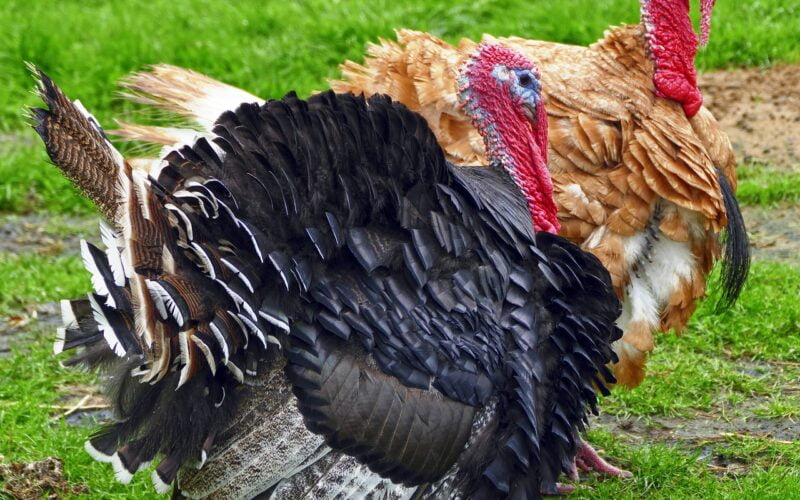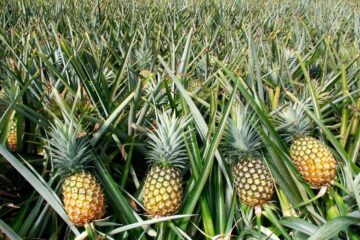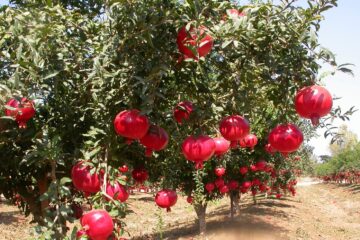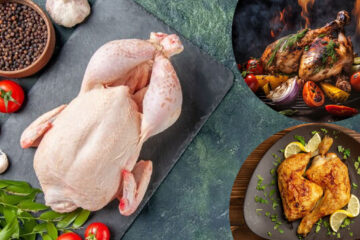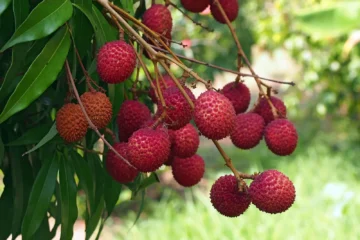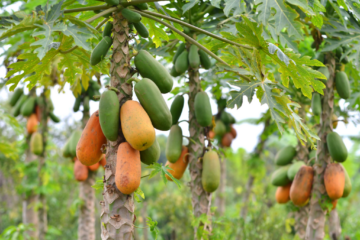Published in the January 2021 Issue
Turkeys are raised exclusively for meat production. In regions like North America and Western Europe, turkey farming has become a significant industry, aiding in the economic growth of poor farmers. Specifically, small and marginal farmers can raise turkeys with minimal investment.
Traditionally, turkeys were raised for festive and celebratory needs, but now they are farmed year-round. This shift has elevated turkey farming to a status comparable to chicken farming. Globally, turkey farming ranks just below broiler and layer farming. Turkey meat is known for being tender, flavorful, and low in fat compared to other meats.
Turkeys raised for meat are ready for market in 16 weeks. A turkey can lay 100-120 eggs annually, yielding 60-80 turkey poults. Turkeys have a higher disease resistance than chickens, reducing medical costs. Grazing methods can further reduce feed costs. In Tamil Nadu, most turkeys are raised in backyard settings.
Farm Setup
A turkey farm should be situated on elevated ground to prevent waterlogging during the rainy season. It should have access to clean drinking water, electricity, roads, and nearby markets for turkey sales. The farm should have ample space for expansion, with its length oriented east-west to avoid direct sunlight on the birds.
There should be at least 20 feet between two turkey houses. Each house can be up to 100 feet long but should not exceed 25 feet in width to ensure proper ventilation. The peak height of the house should be 16 feet, with side walls 8 feet high. The side walls should have a one-foot-high solid wall with a seven-foot-high wire mesh above it.
Turkey Breeds
Tamil Nadu Veterinary and Animal Sciences University has developed management techniques and introduced new breeds such as Nandanam Turkey 1 and Turkey 2, focusing on space, feed management, and disease prevention.
Market Age
These breeds are market-ready at 16-18 weeks for toms and 18-20 weeks for hens. By this time, a tom will have consumed 12.25 kg of feed and a hen 8.75 kg of feed. The feed conversion efficiency at 24 weeks is 3.5 kg.
Other Breeds
- Broad-Breasted Bronze: This breed has bronze-colored feathers and broad breasts, making natural reproduction difficult. Artificial insemination is required. Toms weigh about 16 kg and hens 9 kg.
- Broad-Breasted White: Pure white and a crossbreed of Broad-Breasted Bronze and White Holland, commonly raised commercially. Toms weigh about 15 kg and hens 8 kg.
- Beltsville Small White: Developed at the Beltsville Agricultural Research Center in the USA, similar in appearance to Broad-Breasted White but smaller. Toms weigh about 5-6.5 kg and hens 3.5-4 kg.
- White Holland: Developed from the Bronze breed, these turkeys have pure white feathers. Toms weigh about 15 kg and hens 8 kg.
Rearing Methods
Free-Range/Pasture Rearing: In rural areas, turkeys are often raised in backyards, where they graze on grass and weeds during the day and are housed at night. This method reduces feed costs.
Combination of Free-Range and Housing: Turkeys graze for 5-6 hours during the day and are given supplementary feed and housed at night.
Deep Litter Rearing: Coops can be built with palm leaves or tiles. Cement floors should be covered with a 6-inch layer of rice husks or groundnut shells. Turkeys require 4 sq. ft. per bird up to 24 weeks and 5 sq. ft. thereafter.
Rearing Turkey Poults
Turkey poults are one-day to eight-week-old turkeys. Clean and prepare the brooding area before poults arrive. Each poult needs 1-1.5 sq. ft. of space, 2.5 cm of feeder space, and 1.25 cm of waterer space. Alternating feeder and waterer arrangements help reduce competition.
Feed particles for poults should be 2 mm in size. During the first two days, sprinkle feed on old newspapers or fill shallow trays to encourage feeding. For the first week, mix 5% glucose, antibiotics, and B complex vitamins in drinking water.
Poults should be placed under a heat lamp within a round brooder. Remove the newspaper after the fifth day and replace it with larger feeders and waterers in the second week. These measures help prevent poult mortality and ensure healthy growth.
Artificial Heating for Poults: Maintain proper temperatures in the brooder to prevent mortality. From day one to 10-14 days, provide artificial heating. The temperature should be 95°F in the first week, decreasing by 5°F each week, reaching 75°F by the fifth week.
Proper temperature ensures poults are evenly distributed in the brooder. Overheating causes them to crowd the edges, while underheating leads to huddling in warm spots.
Nutritional Value of Turkey Eggs
Each gram of egg yolk contains 15.67 to 23.97 mg of cholesterol.
Turkey Meat
Like broiler chickens, turkeys yield 72% meat from their total body weight. The breast provides 32%, thighs and legs 32%, wings 15%, and back 21%. Turkey meat contains 58.7% water, 20.1% protein, 20.2% fat, and 1% ash, with 268 kcal energy per 100 grams.
Turkey meat is classified as white meat, unlike the red meat of goat and cattle. It has lower fat and cholesterol levels and is rich in protein.
By implementing these strategies, farmers can successfully raise turkeys and achieve good profitability.
Dr. K. Premavalli, Associate Professor, Post Graduate Research Center in Livestock Science, Kattupakkam-603203, Chengalpattu District.

